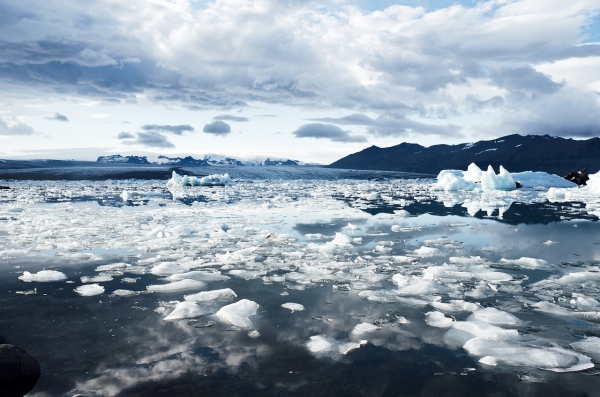If the world keeps increasing greenhouse gas emissions at its current speed, all sea ice in the Arctic will disappear in the 2030s, an event that could at best be postponed until the 2050s should emissions be somehow reduced.
If the world keeps increasing greenhouse gas emissions at its current speed, all sea ice in the Arctic will disappear in the 2030s, an event that could at best be postponed until the 2050s should emissions be somehow reduced. The prediction is a decade earlier than what the Intergovernmental Panel on Climate Change (IPCC) has projected: an ice-free Arctic by the 2040s.
A possible ice-free Arctic in the 2030-2050s was projected regardless of humanity’s efforts to reduce its greenhouse gas emissions by Professor Seung-Ki Min and Research Professor Yeon-Hee Kim from the Division of Environmental Science and Engineering at Pohang University of Science and Technology (POSTECH) and a joint team of researchers from the Environment Climate Change Canada and Universität Hamburg, Germany. The research was published in the international journal, Nature Communications.
The term global warming has become a household name since it was first used by a climate scientist at NASA in 1988. The Earth has seen a rapid decline in the Arctic sea ice area as its temperature has increased over the past several decades. This reduction in Arctic sea ice has induced the acceleration of Arctic warming, which is suggested to contribute to the increased frequency of extreme weather events in mid-latitude regions.
Read more at Pohang University of Science & Technology (POSTECH)
Photo Credit: JayMantri via Pixabay






